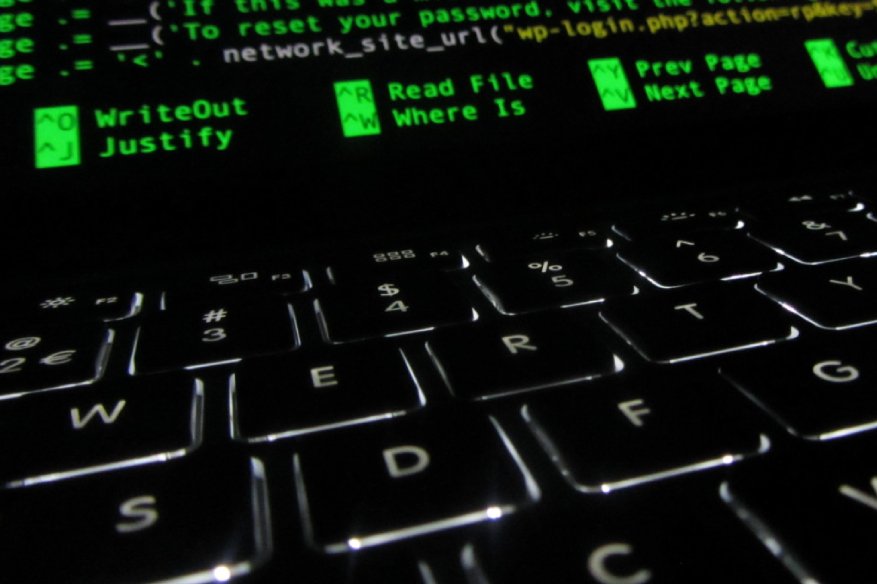SaaS From The Lens Of Microsoft

When Windows 10 was released in 2015, critics deliberately accused of Microsoft of drastically changing the way people use computers, for-profit purposes and not for the benefit of the end-users. This is because Windows 10 is not only two whole numbers compared to Windows 8 that it replaced, but a dramatic shift of the mainstream operating system from a “product” to a “service”. The marketing term is Windows-as-a-Service, but for the tech industry, the general term used is Software-as-a-Service (SaaS).
What is Saas?
Software since the days of the punch-card and eventually towards the magnetic storage age heralded by floppy disk describes software no similar than a physical product. Both the industry and people using the software are paying for the “bits and bytes” comprising the application software stored in the disk. A program is a product, which can be sold or given away, depending on the desire of its developers. SaaS is a hugely different paradigm since the software is considered a “service” instead of a “product”. Yes, it involves cost, but not just a 1-time sale just like a physical product, but rather like paying rent.
What is SaaS anything to do with a Microsoft Product such as Windows?
Microsoft has long been “lending” software to corporate and end-users, its details are laid-out in the End User Licensing Agreement (EULA). Of course, since the EULA is written by a lawyer and not by a regular Joe, it is fairly long, loaded with many law jargons and the language used is very formal which takes out the interest of an ordinary person from reading it in full. The reality is Microsoft never sold Windows software to its clients, it is only “licensed” to use it indefinitely, the customer will just have to pay a 1-time fee to receive a copy of the program on diskettes (Windows 95 and older), CD (Windows 95, 98, NT4, 2000, Me, XP) or DVD (Windows Vista and newer). The reality is Windows itself is rented by users indefinitely from Microsoft for a 1-time fee. The buyer of the Windows media does not own the bits that are stored in it, also based on the type of licensed bought, the users may also be restricted from installing it to multiple computers they own.
When did Microsoft strongly enforced SaaS?
The reality is Windows (and in some sense also Office) is rented to users through a license. The users are “licensed” to use the software only in full accordance with the EULA. However, since users install the same Windows media across multiple computers they own, Microsoft implemented Windows Activation procedure starting with the “XP” version of both Windows and Office in 2001. This helped remind users through software that Windows (and Office) are not their property, and they cannot install multiple copies of it in different computers, as that breaks the EULA. We go back in Windows history where Microsoft strongly enforced their EULA with a software barrier, that the users are just renting the program.
If Windows (and Office) are already Saas, what is the point of converting Windows to Saas beginning with Windows 10?
Windows 10 marks the age when Microsoft started offering “Windows for rent, for a limited period”. As we all know, starting with Windows 10, there is no newer naming scheme for Windows. From 2015 moving forward, Microsoft will call all Windows they release as Windows 10. The very evidence of this is Windows is now a bi-yearly release. Every six months, Microsoft will release a newer build of Windows 10 which include not only the bug fixes and security patches, but also new features. This is similar to the Service Pack systems of from the past Windows versions, but all future Windows 10 versions will still carry the Windows 10 as the marketing name. With this approach, the users receive the newest version every 6 months, and non-update means that the “license” is automatically revoked (the old Windows 10 build will be considered unsupported, no longer updated with bug fixes).
What are SaaS advantages over traditional “product” software?
The real advantage is a quick and smooth transition from the old version of the software to the newest one. In our Windows analogy, the Windows 10 released in 2015 is very much different from Windows 10 build 1903 released last May 2019. In fact, the 2017 version of Windows 10 or older no longer receive automatic bug fixes from Microsoft during Patch Tuesday (every second Tuesday of the month). Second is the software people will be using are exactly the same, across multiple markets and geographical locations. That means hardware manufacturers only need to write their device drivers only once, expecting the same driver will work on all computers running Windows 10. Previously, manufacturers need to ship a CD and maintain a website containing their device drivers for Windows 10, Windows 8, Windows 7, Windows Vista, etc. all at the same time. This is to cover all their customers, regardless of what version of Windows they run. With Windows 10, they only need to write their drivers in full accordance with Windows 10 protocols, and their hardware is guaranteed to run – since everyone runs Windows 10.
Is SaaS now the future of Software?
Not really, it heavily depends on the developer. Only since 2015 that Microsoft is fully embracing SaaS for their business. Microsoft heavily transitioned from being a software developer giant to a software-service giant, as they reached $1 billion stock value.
Related Blogs: